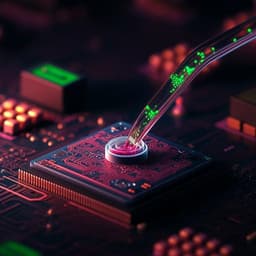
Engineering and Technology
A Modular Plug-and-Play System for Highly Parallel Microfluidic Cell Culture
Vollertsen
Discover a groundbreaking modular plug-and-play system for microfluidic cell culture developed by Vollertsen and team, overcoming the challenges of traditional monolithic chips! This innovative approach utilizes a fluidic circuit board to interconnect microfluidic building blocks, showcasing impressive capabilities in culturing human umbilical vein endothelial cells while enabling flexible design modifications.
Playback language: English
Related Publications
Explore these studies to deepen your understanding of the subject.







